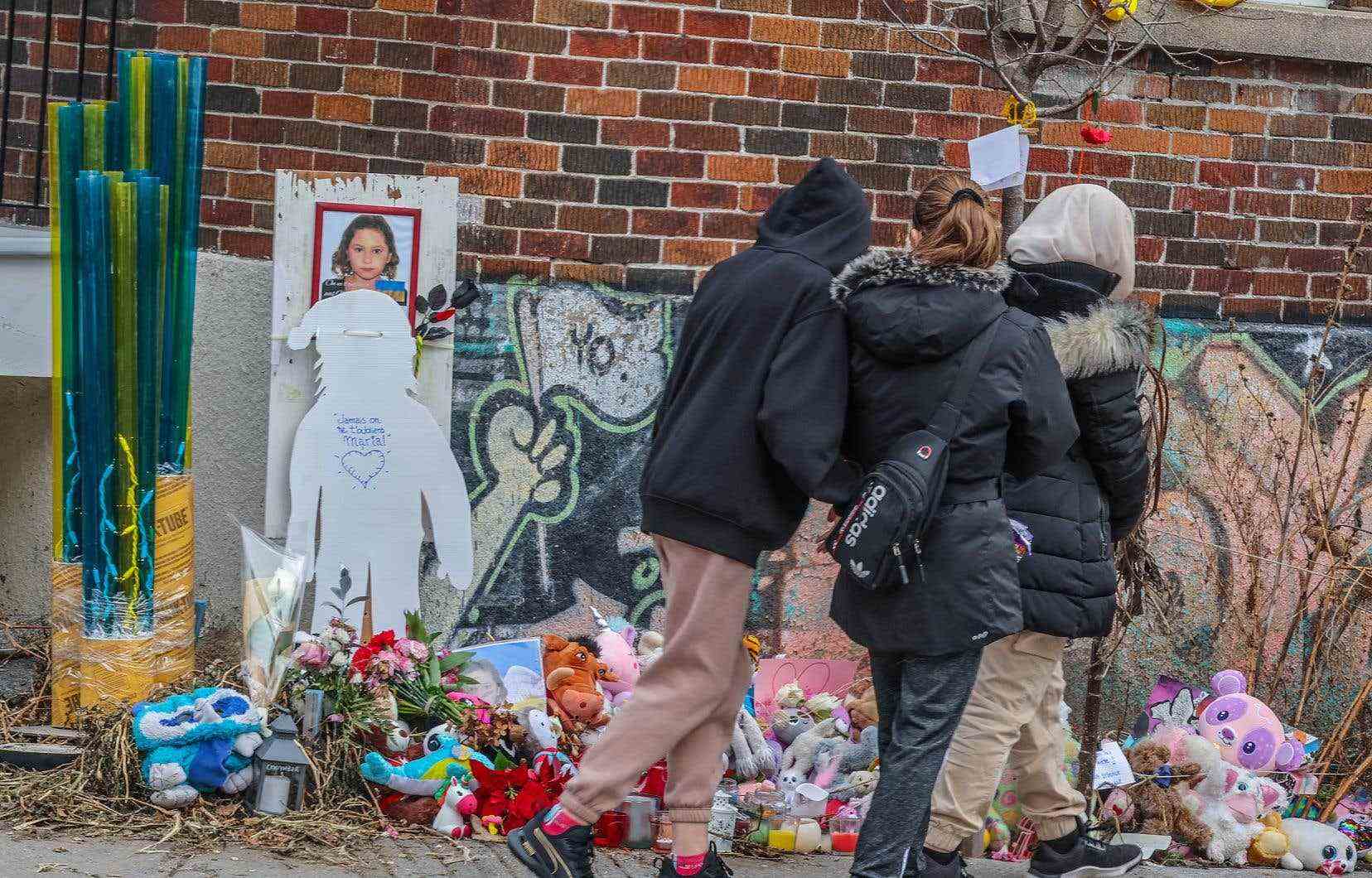In 1971, almost 3,300 Dutch people, including 500 children, died in collisions involving an automobile. Cities like Amsterdam were paralyzed by traffic jams. One day, the death of a child hit by a car while walking to school caused a wave of anger. A vast citizen movement demanded an end to the carnage. The end of car culture.
We know the rest: the Netherlands has become a model of public road sharing. Cars, public transport, cyclists and pedestrians have their spaces generally well defined. Everyone can move around town safely.
“Citizens said, ‘That’s enough! We no longer want the domination of vehicles in the city.” Decision-makers had no choice but to adapt,” says Jean-François Bruneau, sustainable mobility advisor at the Institute for Data Valorization (IVADO), based in Montreal.
This geographer and holder of a doctorate in civil engineering believes that Quebec is ripe for a shift in road safety similar to that undertaken half a century ago by the Netherlands. The death this week of 7-year-old Maria Legenkovska, hit by a car while walking to school in the Centre-Sud of Montreal, has reignited citizen mobilization for pedestrian safety.
“Pedestrians are at risk, because the streets are 100% designed for motor vehicles. We have a duty to build infrastructures that protect the most vulnerable,” says Jean-François Bruneau. It is also necessary to change mentalities to put aside the all-in-the-car, specifies the researcher.
The vulnerable first
With his colleague Catherine Morency, from Polytechnique Montréal, he produced in 2016 an exhaustive study aimed at improving road safety, at the request of the Ministry of Transport and Sustainable Mobility of Quebec. They recommended the establishment of a “street code” giving priority to the most vulnerable users – pedestrians and cyclists – as is done in the Netherlands and elsewhere in Europe.
The two experts proposed that the “precautionary principle” be included in the Highway Safety Code (CSR). This addition was made in 2018, but with a major omission: no specific sanction is provided for in the event of non-compliance with the precautionary principle, deplores Jean-François Bruneau.
Even more worrying, the precautionary principle added to the CSR specifies that “vulnerable users are required to adopt behaviors that promote their safety”, underlines the researcher. Advertising campaigns remind pedestrians and cyclists “to be visible at all times”. Why not also insist on the need to “promote the safety of vulnerable users” when driving? ask the experts.
“All the road safety specialists have stood up to tell the Ministry of Transport that it doesn’t make sense [d’inscrire le principe de prudence sans le faire respecter] “recalls Jean-François Bruneau. At the time these lines were written, the ministry had not been able to answer the questions of the To have to about the street code.
Too much cars
At the corner of rue Parthenais and rue de Rouen, in the Centre-Sud, doggies and flowers recall the accident that took away little Maria, a refugee from Ukraine with her mother, brother and sister earlier this year.
Neighborhood residents are angry. They have long warned that the work in the Louis-Hippolyte-La Fontaine tunnel, which began last month, would swell the flow of traffic in the streets of the Centre-Sud: motorists turn to the Jacques-Cartier bridge, very close to at their home.
Pedestrians are at risk, because the streets are designed 100% for motor vehicles. We have a duty to build infrastructures that protect the most vulnerable
“We asked for a series of measures to prevent through traffic from passing through the small residential streets,” says Chris McCray, an environmental researcher who resides in the Center-South.
On Thursday, bollards were installed at the intersection where the tragedy occurred, to shorten the pedestrian crossing. Police have given tickets to motorists who drove too fast or did not immobilize their car at the mandatory stop. The direction of traffic has been changed in certain streets, so that vehicles in transit remain on the main arteries (Sherbrooke, D’Iberville, de Maisonneuve).
Reduction targets
All of this is a good start, but we need to go further, says Professor Catherine Morency of Polytechnique. “We need vehicle reduction targets. The number of vehicles is increasing faster than the population,” worries the mobility specialist.
Vehicles are getting bigger all the time – and the severity of injuries is proportional to the size of the vehicles in the event of an accident, recalls the professor. “A big electric SUV is no better than a big gasoline SUV,” she says.
Citizens compare the accident that took away little Maria to the death of cyclist Mathilde Blais, hit by a truck under the rue des Carrières overpass on rue Saint-Denis, in April 2014. This tragic death marked a aware of the dangers of cycling. Rue Saint-Denis is now safe for everyone since the development of the Réseau express vélo (REV), separated from the rest of the road by a strip of concrete.
“It’s sad and unfortunate, but the death of this 7-year-old girl must not be in vain,” said Jacques Nacouzi, a merchant on rue Saint-Denis who campaigns for travel on foot, by bike and by public transport. .
He believes that central neighborhoods should take inspiration from the measures implemented in the last decade on Le Plateau-Mont-Royal: multiplication of one-way streets to block through traffic, elimination of parking spaces to create cycle paths, widening of sidewalks…
“It’s not enough to limit the speed to 30 km/h or to put on speed bumps: people don’t respect the speed limits and drive while looking at their cell phone. We must develop infrastructures that prevent dangerous behavior by drivers,” says Jacques Nacouzi.
